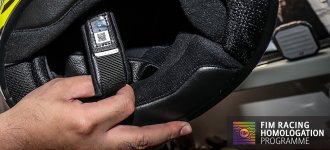I haven't looked at this closely since way back when Motorcyclist magazine published that story disputing the priority Snell placed on specific scenarios (piercing, multiple hits in the same place, etc.) and suggested some cheap DOT helmets were safer in more common crash scenarios. I know Snell has updated their standards, but I don't know if they've changed those priorities.
I like the British SHARP website, as it goes beyond a simple pass/fail model. It's funded by the UK DfT, and is designed to augment the ECE certification with more comprehensive impact testing. Interestingly, they comment in their FAQ section about multiple impacts and penetration testing specifically, essentially saying they don't believe either is a significant enough risk to be worth testing. Here's the website:
SHARP - THE HELMET SAFETY SCHEME
It's important to note that some of the big brands (Shoei, Arai, etc.) sell different models in Europe because Snell isn't a recognized standard there. Historically these have been lighter for the reasons mentioned above, so some North American models may not have the same results.
Interestingly, the sun visor models get marked down more for side impact than frontal impact, according to a quick search there. My Shark Spartan Carbon (fantastic helmet, by the way, super quiet) gets four stars, but only gets a middling rating for side impacts. Five star models with a drop-down visor include the Arai QV Pro (Signet X?), Caberg V2 407, HJC C70, FG ST and IS-17, and X-Lite X702. None of these did any better than one mark down from top on side impact, but the only helmets I've seen that are all green are the top-spec race replicas...





